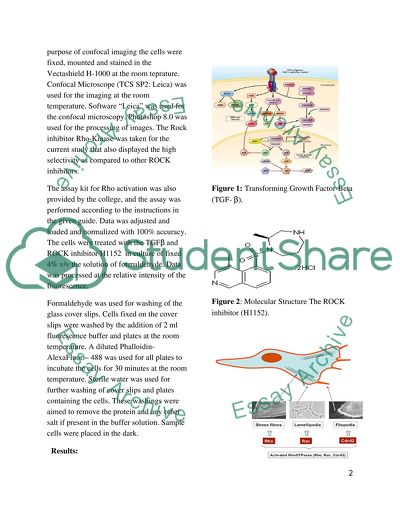Cite this document
(“Application of Microscopy in Biomedical Sciences Lab Report - 1”, n.d.)
Retrieved from https://studentshare.org/health-sciences-medicine/1616250-application-of-microscopy-in-biomedical-sciences
Retrieved from https://studentshare.org/health-sciences-medicine/1616250-application-of-microscopy-in-biomedical-sciences
(Application of Microscopy in Biomedical Sciences Lab Report - 1)
https://studentshare.org/health-sciences-medicine/1616250-application-of-microscopy-in-biomedical-sciences.
https://studentshare.org/health-sciences-medicine/1616250-application-of-microscopy-in-biomedical-sciences.
“Application of Microscopy in Biomedical Sciences Lab Report - 1”, n.d. https://studentshare.org/health-sciences-medicine/1616250-application-of-microscopy-in-biomedical-sciences.


